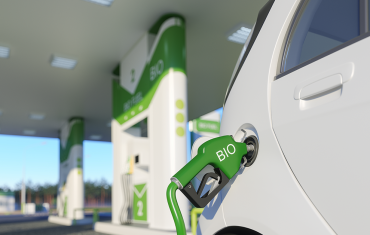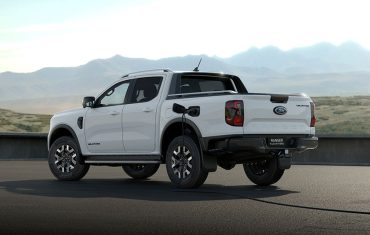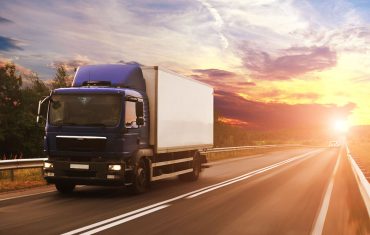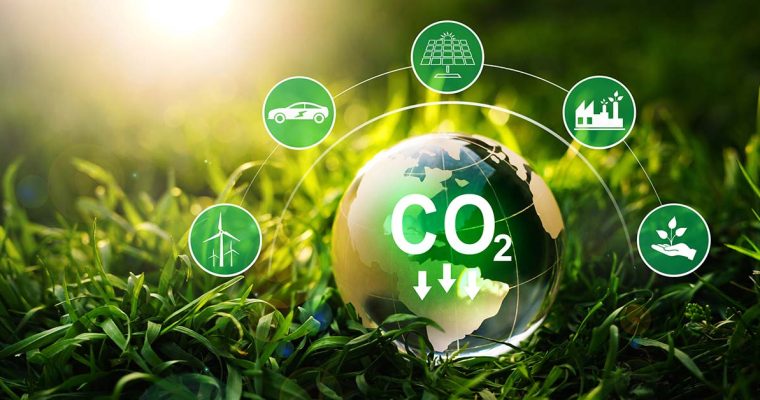
Decarbonisation: How does it affect your mobility planning?
Fleet ManagementThe planet is in trouble. With transport being a significant source of carbon dioxide (CO2) emissions, businesses and governments are in pole position to help reduce the harmful effects of climate change by aggressively pursuing the decarbonisation of their vehicle fleets and, in turn, the automotive industry in general.
But decarbonisation presents those who manage the fleets in our organisations with some important challenges. In heading towards net-zero CO2 emissions, business mobility planning requires careful manoeuvring to minimise disruption to the business and its financial performance.
So, what is decarbonisation, how is it best achieved, and what should fleet managers look out for when moving towards zero emissions?

Defining decarbonisation
‘Decarbonisation’ is a word used to describe the process of reducing the amount of carbon dioxide that makes its way into the atmosphere as a result of human activity.
The overarching goal of decarbonisation is to eliminate CO2 emissions altogether, providing a cleaner and more sustainable planet for supporting life on Earth.
You can go back as far as the 1970s and ‘80s and find stories of climate scientists warning of the dangers of fossil fuel emissions to our environment. Nonetheless, concrete action and sustainable long-term solutions to drive decarbonisation have only been implemented since 1997, with the establishment, firstly, of the Kyoto Protocol. This agreement committed United Nations member states to reducing greenhouse gas emissions.
Following the Kyoto Protocol, which ended in 2012, came the Paris Agreement of 2015. As opposed to Kyoto – which held developed countries to a greater responsibility in driving down greenhouse gas emissions than developing economies – the Paris Agreement became a first of its kind in committing signatories to a universal goal of reducing CO2 emissions to limit global warming to no more than 2oC above pre-industrial levels. Furthermore, the agreement proposed to achieve net carbon neutrality by 2050.
According to expert scientific analysis, the most efficient and fastest way to meet the goals of the Paris Agreement is a global switch from fossil fuels to alternative, as well as more sustainable, sources of energy that emit less CO2 gases into the atmosphere.
The global challenges of meeting the goals of the Paris Agreement have been significant for families, households, and businesses. However, for organisations that rely on vehicle fleets for their day-to-day operations, the challenges in achieving decarbonisation targets have been even more pronounced.
Decarbonisation and transport
It’s widely accepted within the global business community that decarbonisation needs to happen. Many organisations have incorporated reporting on their carbon reduction performance in their annual reports under the banner of Environmental, Social and Governance (ESG) or Corporate and Social Responsibility (CSR). Despite best efforts, though, evidence continues to mount that not enough is being done within the private sector to reduce emissions and that an overwhelming number of organisations won’t meet their Net-Zero goals by 2050 based on current data.
CO2 emissions from fossil fuels represent the largest contributor to climate change. The CSIRO believes “about 90% of the world’s carbon emissions come from the burning of fossil fuels — mainly for electricity, heat and transport.”
So, for the transport industry, how can this be addressed? Speaking in very broad terms, two main tools available to transport businesses to substantially reduce their carbon emissions are carbon reductions and carbon offsets.
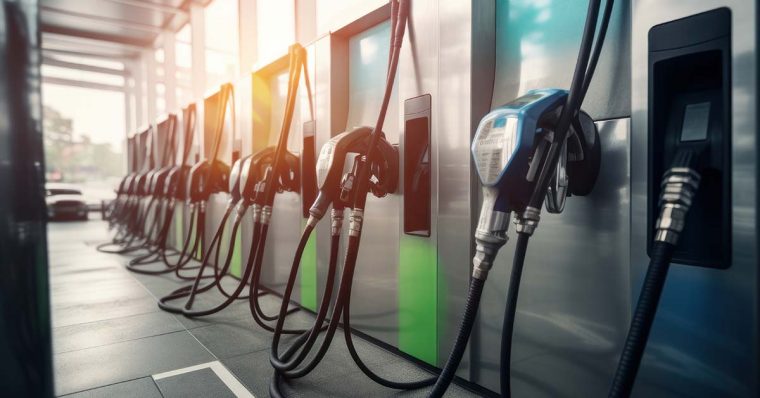
- Carbon reductions
When it comes to the transport sector, cutting emissions by carbon reduction is, in simple terms, switching to vehicles that emit less CO2 gases than a traditional internal combustion engine aspirated powertrain. The kinds of new vehicles that the auto industry has developed include electric battery-powered vehicles (BEVs), plug-in hybrid vehicles (PHEVs), petrol-electric hybrid vehicles, and Hydrogen Fuel-cell Electric Vehicles (FCEVs).
Carbon reduction can also include smarter use of resources, such as eBikes and scooters, in certain industries like last-mile fulfilment. And, although it’s not limited to the transport sector, micro-mobility is another example of smarter ways of getting from point A to point B without increasing CO2 emissions, reducing the number of cars on our roads and easing traffic congestion in our bigger cities.
- Carbon offsets
Another highly touted method of reducing CO2 emissions from transport and mobility is the use of carbon offsets. According to the Climate Council of Australia, carbon offsets “are used by a company or organisation to compensate for what they are emitting and thereby decrease their net emissions.
Offsetting involves purchasing carbon credits. Typically, one credit permits the emission of one tonne of ‘carbon dioxide equivalent’ (a combined measure of the warming potential of various greenhouse gases)”.
A highly simplistic example of carbon offsetting is when organisations plant a calculated number of trees for every tonne of CO2 they emit.
Should we offset or should we reduce?
While there’s universal agreement on reducing fossil fuel emissions in transport to combat climate change, the methods for both carbon reduction and carbon offsetting have their fair share of critics.
The use of alternative-fuelled vehicles for carbon reduction has some drawbacks, according to naysayers. For example, modelling from the University of Technology Sydney predicts that 30,000 tonnes of EV batteries will end up in landfill by 2030, and rise towards 1.5 million tonnes by 2050. This will result in significant environmental risks.
Those challenging the effectiveness of FCEVs argue the timeframe for overcoming the technical and economic challenges to implement widescale use of hydrogen in cars lags too far behind to make any genuine impact on the Paris Agreement’s targets, in comparison to BEVs.
While carbon offsetting supports projects like tree planting, preventing tropical deforestation and backing renewable energy in developing nations, studies including an August 2023 report published in the journal Science reveal the majority of carbon offset schemes as significantly overestimating the levels of deforestation they are preventing.
“Carbon credits from some forest conservation projects are being inflated, and may not actually be offsetting even close to the amount of emissions they’re claiming,” says ABC’s Environment reporter Nick Kilvert. “In some instances, they may not be offsetting any at all.”
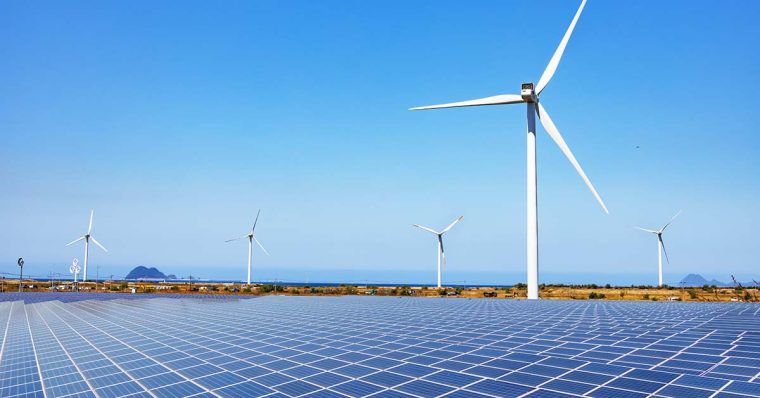
When offsetting does the job
There are increasing instances of carbon offsetting projects that have little to no quantifiable impact on CO2 emissions and decarbonisation when properly scrutinised. Consequently, it makes sense that finding a project with a verifiable impact on emissions is important to you and your organisation’s reputation.
Climate Seed, an international consultancy with a mission to “work with organisations to accelerate climate action and foster climate awareness”, says there are several things an organisation should look for in an offset project to ensure they’re having a genuine impact on climate change.
According to Climate Seed, when a company selects a project, it needs to verify several criteria that warrant its quality: “Measure, reduce, contribute, and report… These are the four steps for an effective strategy to reach net-zero emissions, which have become necessary to reach the 1.5°C goal established by the Paris Agreement.”
Additionally, Climate Seed notes that organisations should look for projects with transparency. A reputable offset program will open itself to scrutiny by independent third parties, use recognised measurement tools against a credible baseline, and be active in a threatened area so the added value is real.
“Financial additionality” (i.e., the project could not exist without the issuance of carbon credits), is also needed, and you should always “ensure that the price margins are clear, and the money goes to local communities.”
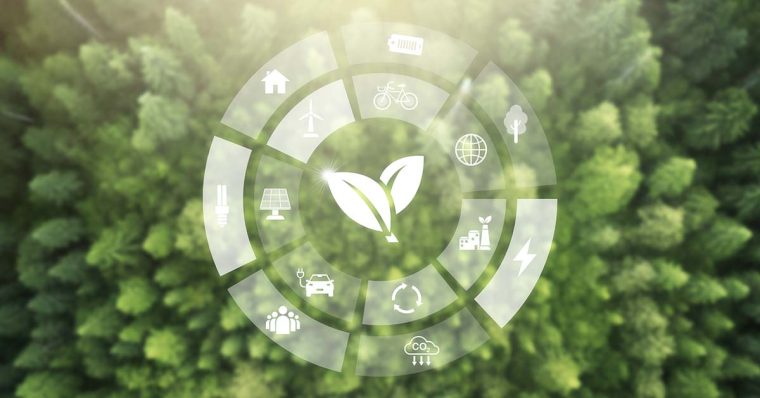
In conclusion
Decarbonisation isn’t an easy task, but to put our collective heads in the sand and ‘call the whole thing off’ is to everyone’s detriment. In heading towards net-zero CO2 emissions, we need to plan and take it one step at a time, so our businesses are minimally disrupted.
The main strategies available to achieve decarbonisation are a mix of carbon reduction—adopting lower, or zero, emission vehicles such as electric cars, trucks and bikes – and carbon offsetting —projects like reforestation initiatives that compensate for the emission of carbon dioxide or other greenhouse gases. For many organisations, a mix of these two strategies is the best way for them to transition to net-zero emissions.
However, with increasing instances of carbon offset projects delivering little to no verifiable environmental benefit and reductions in CO2 emissions, it’s imperative for organisations using offsets to identify and partner with those that make a lasting, certifiable, and tangible improvement to the environment. In other words, demand transparency and make sure the offsets you invest in are having the desired impact.
Want to know more about decarbonising your business transport? Contact us at SG Fleet today.
 Driving Insights
Driving Insights

